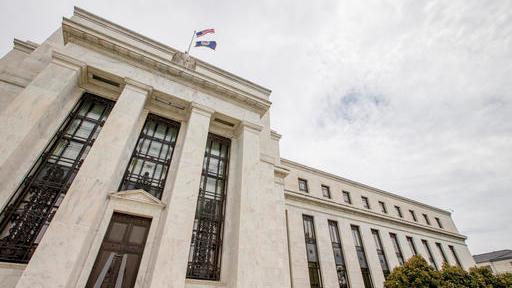5 financial terms to know in 2019
The market is beginning 2019 in a similar way to how it ended 2018 – full of volatility.
On Thursday, the Dow Jones Industrial Average plunged more than 500 points following a disappointing reading on December manufacturing activity – the largest monthly decline since October 2008 – amid an ongoing trade war with China.
Toward the end of last year, investors became concerned that the market could be headed downward throughout the near future, following years of an extended bull run.
As investors navigate the tumult, here are some key terms to know for 2019:
Pullback
A pullback generally refers to a decline in equity prices from their most recent peak – in technical terms that means anywhere between 5 percent to 9.9 percent.
Pullbacks are common as investors who have bought into an asset sell to turn a quick profit.
Correction
When stocks drop more than 10 percent from their recent peak, Wall Street considers it a correction. An individual stock, index, commodity or currency can fall into a correction.
Like pullbacks, corrections are relatively common occurrences and tend to be short-lived.
Bear market
A step up from a correction, investors generally consider stocks to be in a bear market when prices fall 20 percent from their most recent highs. A bear market can also refer to any, or all three, of the major indexes.
A bear market is the opposite of a bull market – where investors are optimistic and more likely to shrug off disappointing data or news. The most recent bull market has been one of the longest in history.
According to data from NerdWallet, the S&P 500 has experienced 11 bear markets over the last 75 years.
Three bear markets since 1987 have dipped more than 46 percent over an average of 1.4 years.
Inverted yield curve
Yield curve inversion has typically been considered an indication of recession because it means the interest rate on long-term bonds is lower than the rate on short-term bonds.
A flattening yield curve generally indicates weak economic growth compared to a steep curve, which indicates strong growth.
The spread between the 2- and 10-year Treasury notes is the most closely followed on Wall Street. On Wednesday, the yield on the 10-year note – which moves inversely to the note’s price – fell to an 11-month low.
U.S. Treasury yields inverted in both 2000 and 2007.
Recession
While there is no standard definition for a recession, it typically refers to “a significant decline in economic activity spread across the economy, lasting more than a few months,” according to the National Bureau of Economic Research (NBER) – as cited by the Federal Reserve Bank of San Francisco. That decline in activity is visible in gross domestic product, real income, employment, industrial production and wholesale-retail sales.
A recession begins after the economy reaches its peak level of economic activity and ends as it reaches the trough, according to NBER.
A recent survey from The New York Times found that nearly half of the 134 CEOs sampled believe the U.S. will be in a recession by the end of 2019.




















